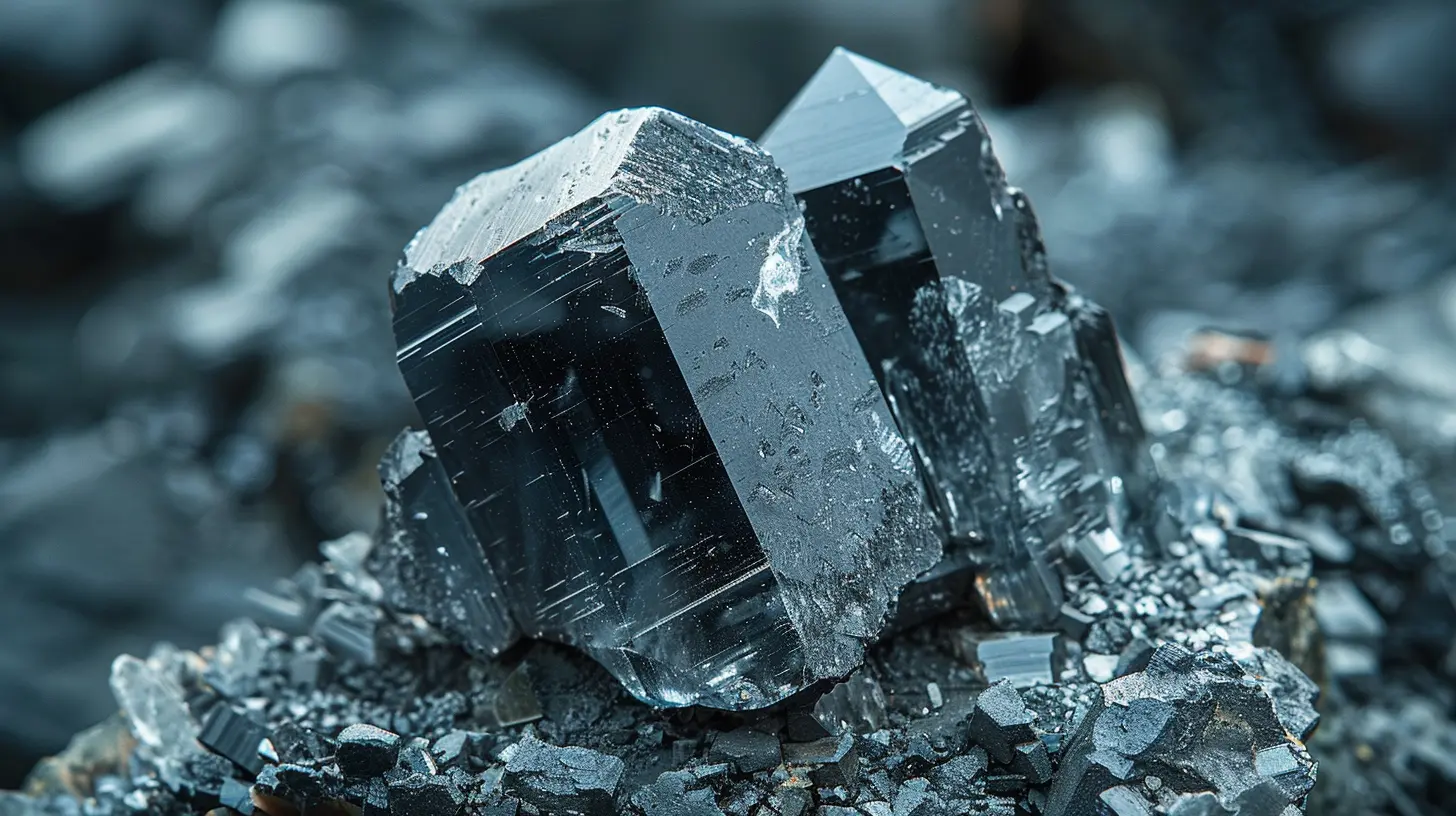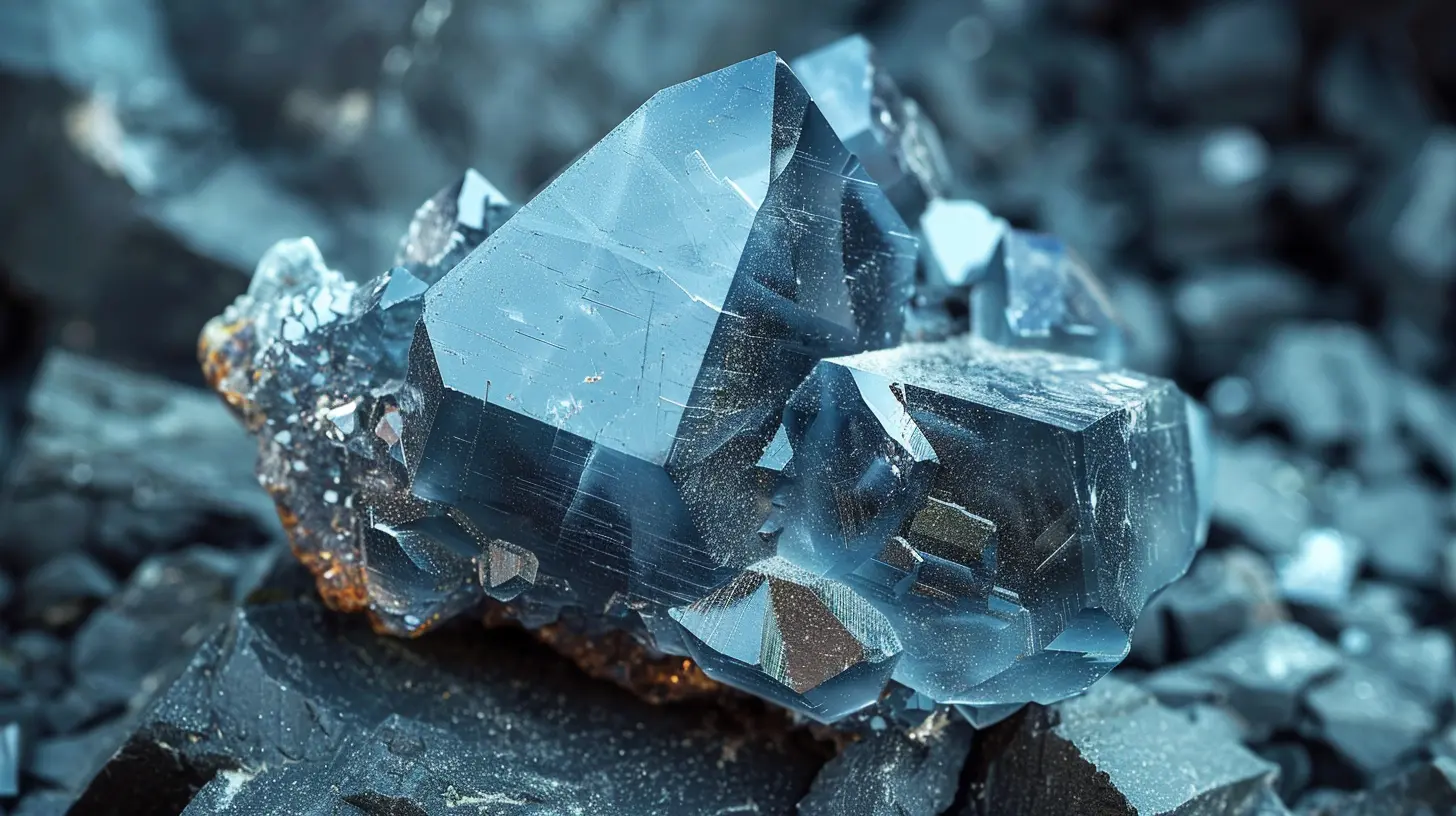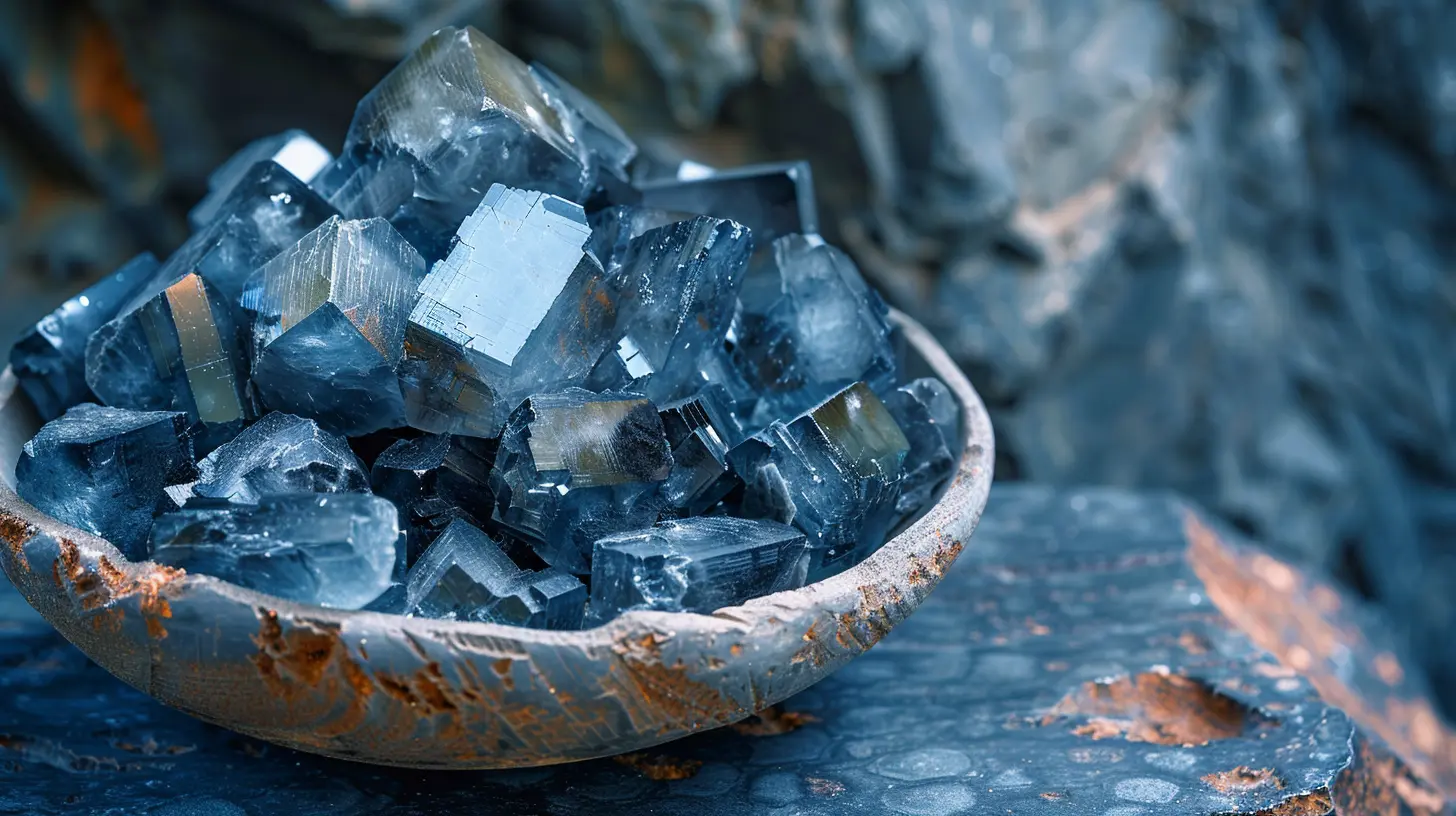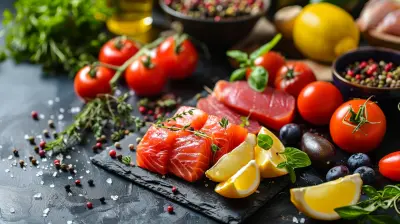Are You Getting Enough Molybdenum?
12 June 2025
When was the last time you thought about molybdenum? Yep, that’s a tough one. It’s not exactly a front-page celebrity in the world of nutrients, but don’t let its low profile fool you—this trace mineral plays a surprisingly important role in your health.
So, let’s get into it: What is molybdenum, why should you care, and how do you know if you’re getting enough of it?
What is Molybdenum Anyway?
Molybdenum (pronounced muh-lib-duh-nuhm) is a trace mineral, meaning your body only needs tiny amounts of it. But don’t underestimate it. Even though your body requires molybdenum in small doses, it’s a key player in some big physiological processes.Think of molybdenum as a backstage technician in the grand production of your body’s metabolism. You might not see it, but nothing would run smoothly without it. It helps enzymes do their job—breaking down toxins, processing proteins and genetic material, and converting sulfur into a usable form.
One of molybdenum’s biggest gigs? Helping the body detox harmful substances like sulfites and other waste products that could build up and make you feel lousy.
Why Is Molybdenum Important?
Let’s break down some of molybdenum’s VIP duties:1. Helps Detox Your Body
Have you ever had a reaction to red wine or dried fruits? That could be a sulfite sensitivity. Molybdenum helps your body break down sulfites—those pesky preservatives found in processed foods and drinks.Without enough molybdenum, sulfites can hang around and cause symptoms like headaches, breathing issues, or even allergic reactions in sensitive folks.
2. Supports Metabolism
Your enzymes are like little worker bees buzzing around, making sure your body keeps going. Molybdenum activates several of these enzyme systems, particularly those involved in metabolizing amino acids and other vital processes. It’s like flipping the switch that gets things going.3. Plays a Role in DNA Repair
Yup, molybdenum contributes to the repair of our DNA. That means it helps protect our cells from damage, mutations, and possibly—even chronic disease down the road. It’s like having a microscopic handyman tidying up your body’s blueprint.
How Much Molybdenum Do You Need?
The amount varies by age, gender, and life stage, but for most adults, the recommended daily allowance (RDA) is about 45 micrograms (mcg) per day. Tiny, right? But oh-so-mighty.Here’s the breakdown:
- Infants (0–12 months): 2 - 3 mcg
- Children (1–8 years): 17 - 22 mcg
- Teens (9–18 years): 34 - 43 mcg
- Adults (19+ years): 45 mcg
- Pregnant or breastfeeding women: 50 mcg
Are You Getting Enough Molybdenum?
Truth be told, most people who eat a balanced diet with whole foods get enough molybdenum without even thinking about it—but that’s not a guarantee. Diets low in legumes, grains, and nuts might fall short. Plus, soil quality (where your food is grown) directly affects molybdenum levels in food. Modern agriculture often depletes minerals in soil, which could mean your veggies aren’t as mineral-rich as you’d expect.If you’re living on processed junk food, you might not be getting enough. And if you’re someone with digestive issues or absorption problems, your body may not be taking in what you need—even if you’re technically eating enough.
Signs You Might Be Low in Molybdenum
Deficiency is super rare, but it can happen, especially in extreme cases (like long-term IV feeding without supplementation). While there's no definitive list of molybdenum deficiency symptoms because it’s so uncommon, potential signs may include:- Fatigue
- Headaches
- Brain fog
- Rapid heartbeat
- Night blindness
- Weak immune function
- Sulfite sensitivity (especially after consuming wine or preserved foods)
If you’re facing any of these and can't find a clear reason, molybdenum might be worth a second glance.
What Happens If You Get Too Much?
Before you go off popping molybdenum supplements like candy—hold up.Too much molybdenum can actually mess you up. While toxicity is rare, it has been associated with gout-like symptoms, joint pain, and even copper deficiency over time (since high molybdenum can block copper absorption).
The tolerable upper intake level (UL) is set at 2,000 mcg per day for adults. That’s WAY above what you’d get from food, so you’d pretty much have to go out of your way to reach that level with supplements.
Your Molybdenum Checklist: Natural Food Sources
Alright, here's where molybdenum hides out. Your best bet is eating a wide variety of whole foods. Some of the top molybdenum-rich foods include:1. Legumes
These are molybdenum powerhouses. Think:- Lentils
- Chickpeas
- Black beans
- Peas
- Soybeans
2. Grains
Whole, unprocessed grains like:- Oats
- Barley
- Buckwheat
- Quinoa
3. Nuts and Seeds
- Almonds- Sunflower seeds
- Cashews
4. Leafy Greens
While not as rich as legumes or grains, leafy greens still offer a trace amount. Kale, spinach, and collard greens can add to your intake.5. Organ Meats
Not exactly everybody’s favorite menu item, but if you enjoy liver or kidney, they’re loaded with molybdenum.6. Dairy and Eggs
These provide a modest amount, which adds up over time if you're consuming them regularly.Honestly, if your plate looks like the rainbow and includes plant-based staples, you're probably golden.
Should You Take a Molybdenum Supplement?
Not unless your doctor tells you to. It’s one of those nutrients where the “more is better” philosophy doesn't apply.If you suspect a deficiency or you have an issue like sulfite sensitivity or a metabolic disorder, your healthcare provider might recommend testing or supplemental molybdenum. But for the average healthy adult? Food sources are the way to go.
Plus, molybdenum supplements are not super common—and for good reason. Why spend money on something your lentil soup already provides?
Special Considerations: Who Might Need More?
While most people are fine, a few groups might want to be more mindful of their molybdenum intake:1. People with Sulfite Sensitivity
If that glass of wine leaves you flushed or wheezy, low molybdenum could be playing a role.2. Folks on TPN (Total Parenteral Nutrition)
Those receiving nutrition through IV (usually due to serious digestive issues) need everything tracked, including molybdenum.3. People with Rare Metabolic Disorders
Some inherited conditions make it harder for the body to process certain amino acids, requiring a closer look at molybdenum levels.The Bottom Line
So, are you getting enough molybdenum? If you’re eating a variety of whole foods—especially legumes, grains, nuts, and leafy greens—you’re probably all set. No need to stress or add another pill to your ever-growing supplement collection.But if your diet lacks these foods, or you’ve got some unexplained symptoms, it might be worth chatting with your doctor. Sometimes, little things make a big difference. And molybdenum, the quiet hero of your enzyme army, deserves a little appreciation.
Remember, your body is like a well-oiled machine. Every nut and bolt, even if tiny, plays a part in keeping things running smoothly.
Quick Tips to Boost Your Molybdenum Naturally
- Swap white rice for quinoa or barley.- Add beans to salads, soups, or pastas.
- Snack on nuts and seeds instead of chips.
- Have a meatless Monday with lentil-based meals.
- Steam leafy greens as a side with dinner.
Eating for molybdenum doesn’t mean turning your life upside down. Small changes go a long way!
all images in this post were generated using AI tools
Category:
MineralsAuthor:

Arthur McKeever
Discussion
rate this article
2 comments
Helen McMahon
I never considered molybdenum's role in my health before! It's fascinating how trace minerals can impact our well-being. How can we better incorporate it into our diets, and what are the best food sources?
June 23, 2025 at 4:28 AM

Arthur McKeever
Molybdenum can be incorporated into your diet through foods like legumes, nuts, grains, and leafy greens. Aim to include a variety of these sources to ensure adequate intake!
Heath Wade
Feeling a bit 'moly' about your diet? Don’t worry, this trace mineral isn’t the life of the party, but it sure knows how to keep your enzymes dancing! 🕺✨
June 14, 2025 at 3:16 PM

Arthur McKeever
Thanks for the fun comment! Molybdenum may not steal the spotlight, but it definitely plays a vital role in our health!


